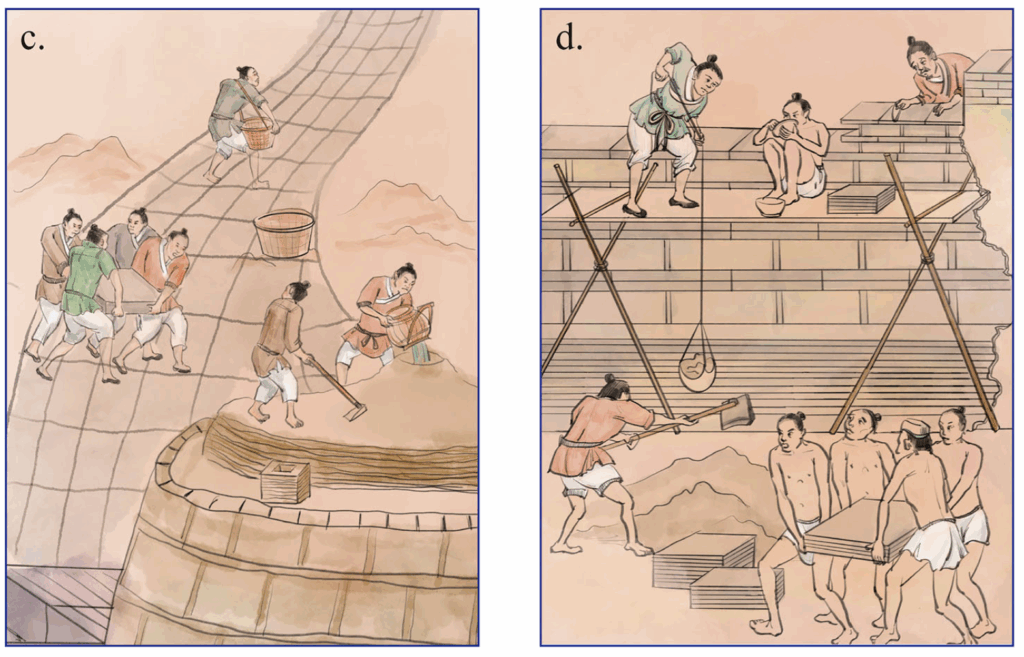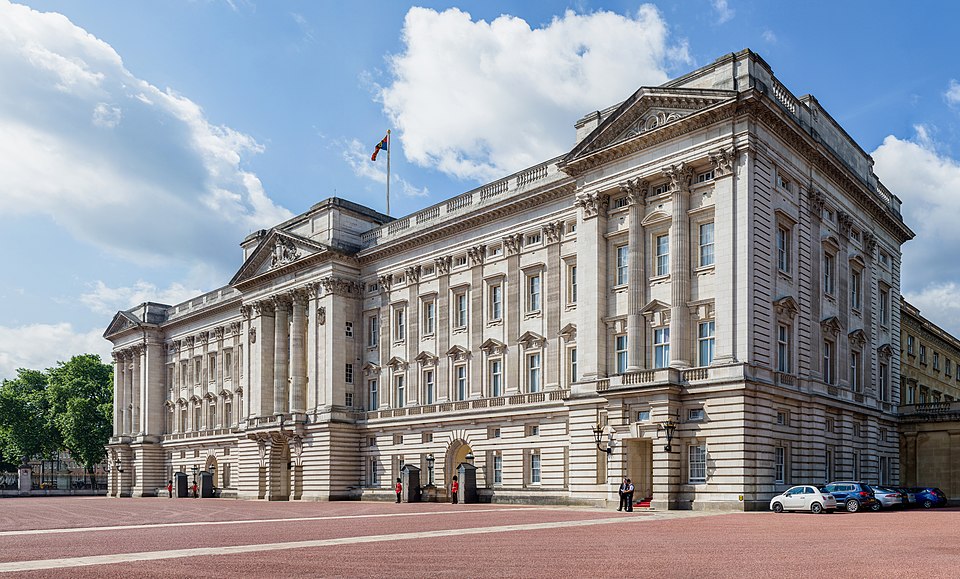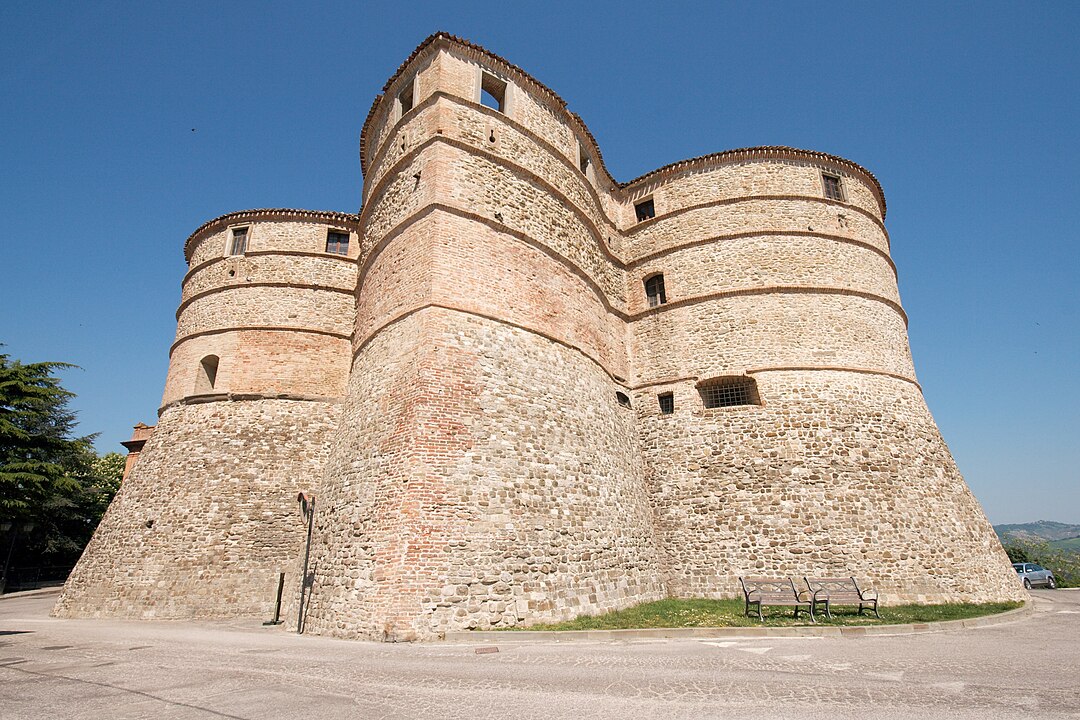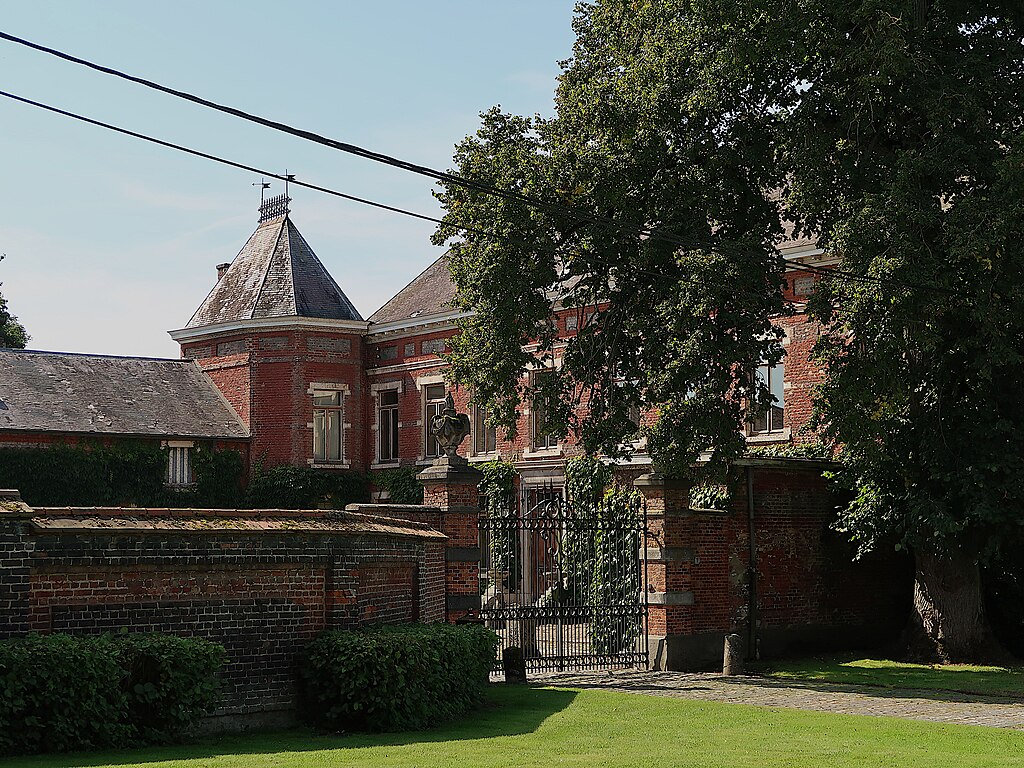How safeguard Cultural Heritage from Disasters? an EU analysis
Recommendations from the European Commission to improve the management of the risks to which cultural heritage is exposed
In 2018 the Directorate-General for Education, Youth, Sport and Culture EAC.D1 Cultural Policy of the European Commissione has published the document “Safeguarding Cultural Heritage from Natural and Man-Made Disasters – A comparative analysis of risk management in the EU“, based on the consideration that Europe’s rich cultural heritage, spanning centuries of history and encompassing diverse artistic, historic, and social values, is under siege.
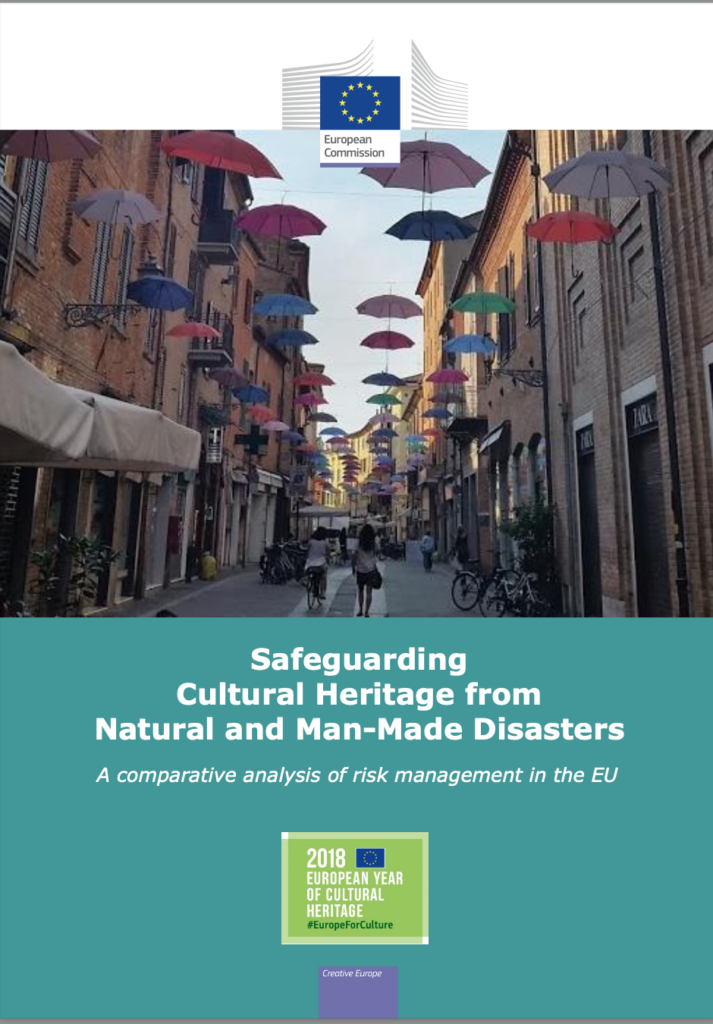
Natural and man-made hazards, combined with the effects of extreme climate change events, are relentlessly chipping away at the continent’s cultural treasures. This ongoing assault threatens not only the artistic and historical significance of these assets but also the safety of citizens and the local economies that rely on tourism. In response to these challenges, comprehensive research on adaptation strategies, methodologies, and remedial tools is essential to safeguard Europe’s cultural heritage from the relentless pressures it faces.
The vulnerability of Europe’s cultural heritage to disasters and threats is a pressing concern. These events have the potential to inflict severe damage on heritage assets, jeopardizing their social, cultural, historic, and artistic values. Furthermore, the safety and well-being of European citizens are at risk, not to mention the economic ramifications of these disasters on local communities closely tied to tourism. As such, safeguarding cultural heritage from these continuous pressures is of paramount importance.
In response to the urgent need for action, a comprehensive study was conducted to provide an overview of existing knowledge, both at the European and international levels, on safeguarding cultural heritage from the effects of natural disasters and human actions. This study maps existing strategies and tools for disaster risk management across the 28 Member States of the European Union. Its ultimate goal is to provide evidence-based recommendations to support European cooperation and improve the integration of cultural heritage in national platforms for Disaster Risk Reduction.
The study was initiated in response to a request by the Council of the European Union to the European Commission. The objective was to conduct a study on Risk assessment and prevention for safeguarding cultural heritage from the effects of natural disasters and threats caused by human action. This initiative was carried out within the framework of the Work Plan for Culture (2015-2018), specifically in Priority Area B, which focuses on cultural heritage.
Cultural heritage plays a pivotal role in European cultural cooperation and is considered a strategic resource for a sustainable Europe. This importance was highlighted in the European Agenda for Culture, which has made cultural heritage a priority since 2007. Furthermore, cultural heritage is recognized as a vital resource for a sustainable Europe, as articulated in the Council Conclusions of May 2014.
At the global level, the Sendai Framework for Disaster Risk Reduction 2015-2030, a global agreement on disaster risk management adopted by the United Nations in 2015, underscores the importance of protecting cultural heritage. It calls on national authorities to cooperate in raising awareness of cultural heritage impacts in the context of exposure to hazards. This recognition at the global level highlights the gravity of the issue and the need for coordinated international action.
In June 2016, the European Commission published an Action Plan on the Sendai Framework, covering a five-year period. One of its key priorities is the development of good practices related to the integration of cultural heritage in national disaster risk reduction strategies to be developed by EU Member States. This reflects a growing commitment to ensuring the protection of cultural heritage assets in the face of increasing risks.
The study highlights several key challenges in the integration of cultural heritage into national disaster and risk reduction strategies developed by EU Member States, which include:
- Lack of Coordination: Many countries lack coordination between and across the different European, national, and regional strategies for risk management policies.
- Responsibility Chain: There is often a lack of alignment in the responsibility chain from policy making to practical application, hindering effective protection measures.
- Low Priority: Cultural heritage often has low priority in risk management planning, despite its significance.
- Integration Gap: Protection measures for cultural heritage are not effectively integrated into risk management strategies.
Preserving Europe’s cultural heritage is a formidable task that requires coordinated efforts at local, national, and international levels. The lessons learned from this study emphasize the need for greater attention, cooperation, and investment in protecting these invaluable assets from the relentless forces of nature and human actions. The cultural richness of Europe is a treasure worth safeguarding for generations to come, and the time to act is now. Among the many important aspects discussed in the document, the recommendation on fire risk are highlighted:
- It is recommended that European Authorities be reminded about the lack of detailed knowledge and data regarding how many cultural assets and lives are being lost to the effects of fire across Europe and the need for an integrated universal approach to address the issues.
- It is recommended that National Authorities be reminded that Relevant information can be found in the analysis of near-miss and actual fire incidents; Responsibility for the fire protection of historic buildings should be clarified in regulations.
- It is recommended that Regional and local Authorities be reminded that Securing full fire protection measures requires all involved to understand what constitutes historic value and significance; Centrally provided pools of post-disaster protective equipment for preserving residual values and for preventing further collapsing should be accumulated; Working with others could reduce the number of abandoned or vacant historic buildings, at specific risk from arson and to help ensure renovation or development work takes into account their historic nature; Affording greater powers to enforcing building owners to carry out renovation work could ensure empty buildings at risk from fire are returned to the market place; Partial, as well as total reconstruction work, should preferably be carried out with the same materials and construction technologies as the original; Fire Risk analysis of historic buildings should describe, analyse and promote their special characteristics, to specifically explore their potential weakness to fire- spread through lack of compartmentation, interlinked voids and spaces.
- It is recommended that Operational Bodies and Owners be reminded that Simple compliance with current legislation will not sufficiently protect their buildings; More can be achieved in a pre-planned risk analysis and preventative approach to ameliorate the consequences of a fire incident from occurring, involving the production of:
- A Fire Safety Handbook incorporating a Fire Safety Log
- A Damage Limitation Plan.
- Appropriate Insurance coverage.
- Staff and occupancy training.
- Additional achievable practical measures.

